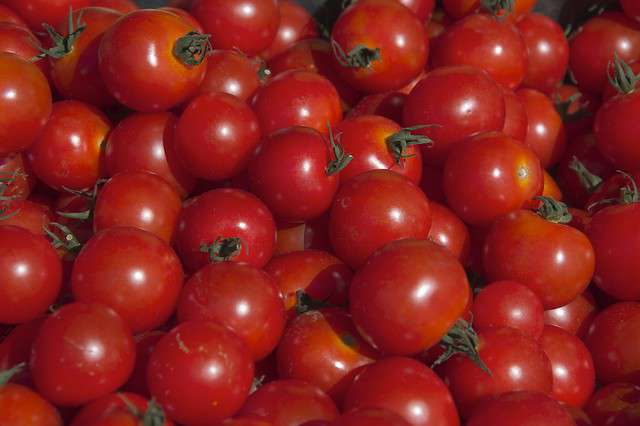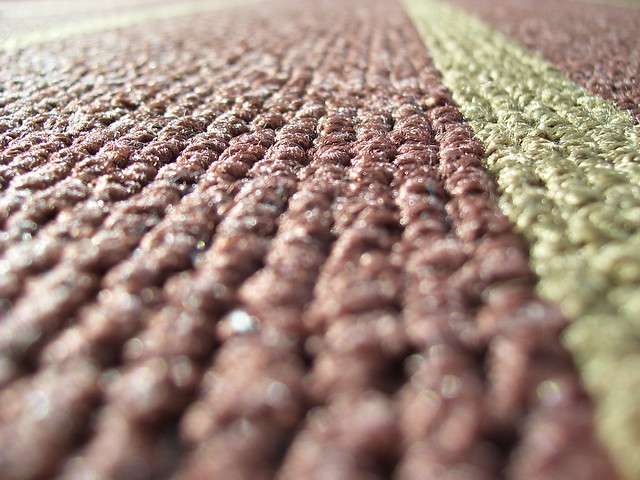
Statistics and averages may not be a part your typical dinner conversation, but these concepts play a big part in the appearance of many of the foods we eat, as well as other household products and goods. Many food items, such as baked goods, fruits, and vegetables exhibit color variations in product development and processing. Color variations are also commonplace in household materials such as laminate wood flooring, textured or patterned carpeting, and other various building materials. Trying to create visual color consistencies in these types of products can present a real challenge, but finding average sample measurements with spectrophotometric analysis allows for color stability and consistency between batches and across various manufacturing locations.

The appearance of baked goods can vary greatly between batches. Finding an average color reading can help manage consistencies and ensure cohesiveness between various manufacturing plants. Image Source: Flickr user Rebecca Siegel



